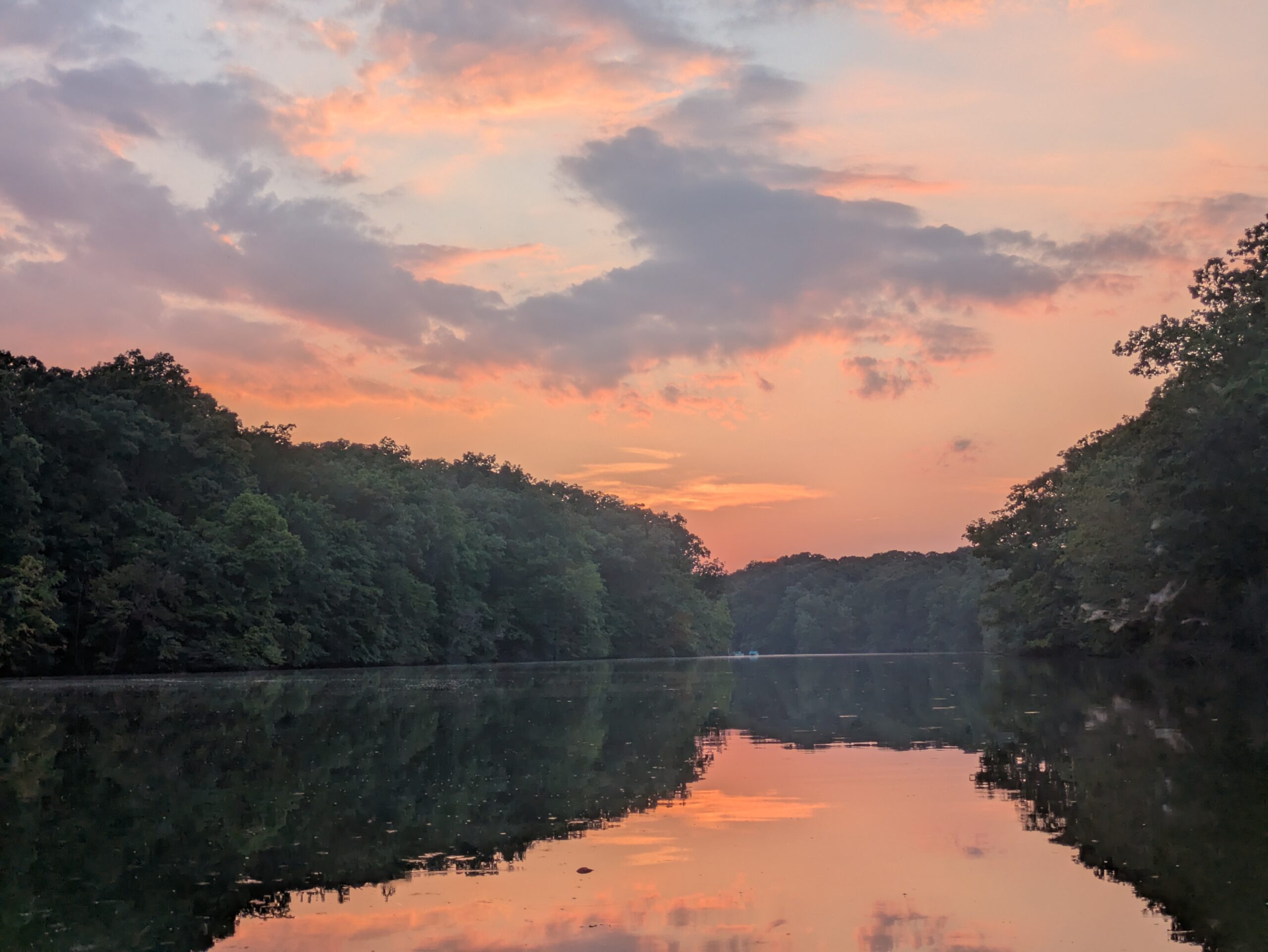“Planting alien [plant] species is a bit like spinning a roulette wheel when you’ve placed all your chips on a single number” (Wohlleben, 105). At Walter Scott there is a flourishing diversity of life. Not only are we home to many species of trees, mammals, reptiles, amphibians, fish, plants, and fungi, we are also home to hundreds of thousands of different species we rarely regard. From the nitrogen fixing bacteria in our soil which live in relationship with the trees to the myriad of insects that flutter and fly to even the crawling and squirming forms of life that fall on the edges of classification – all of these are part of God’s Creation. They are part of the tapestry of this ecosystem that functions because thread supports thread.
It is from this we must realize that when we plant exotic plants or bring in life that did not co-evolve in this ecosystem God set in place over millions of years, it is akin to sewing a patch on the Creators tapestry. No matter how beautiful the patch might be, it does not belong. And over time, adding more and more patches will eventually destroy the intricate and irreplaceable tapestry of life.
Today you are invited to consider the plants you cultivate at your home, work, business, church, or other communal spaces, and if perhaps it is time to consider alternatives which are a part of the tapestry instead of an addition. You can do so by starting with the native plant finder at https://nativeplantfinder.nwf.org/
Wohlleben, Peter. How Trees Can Save the World.
